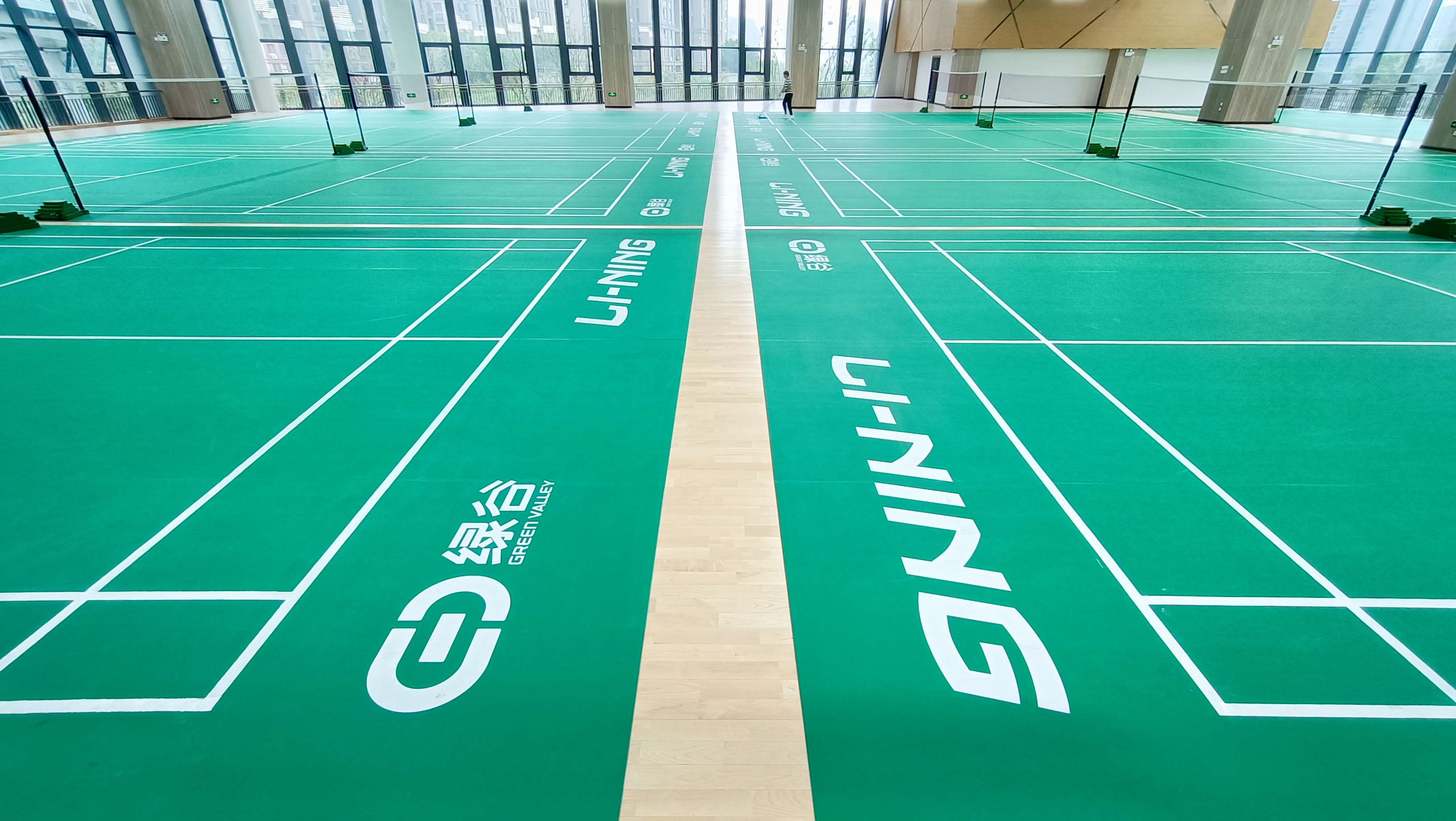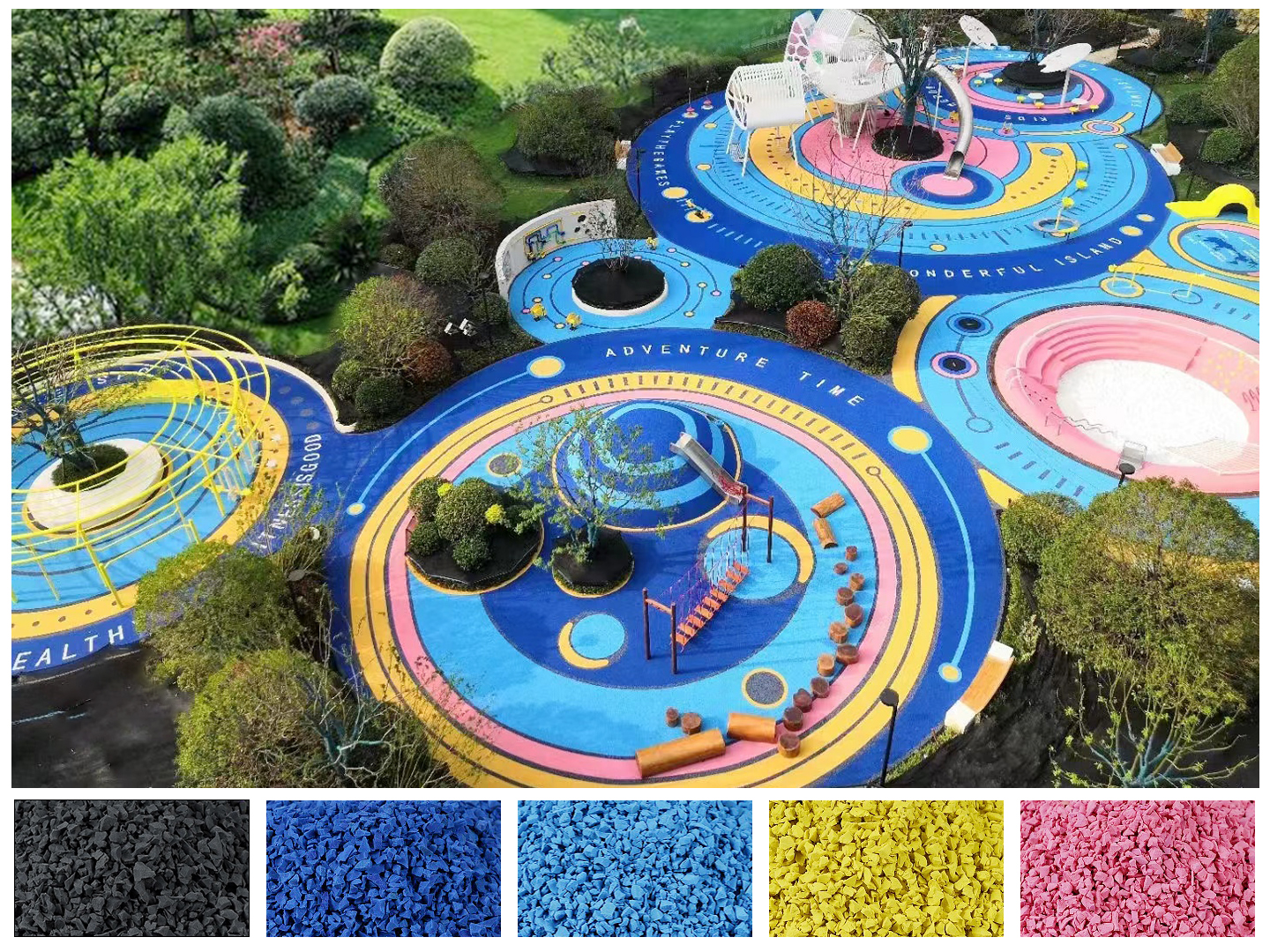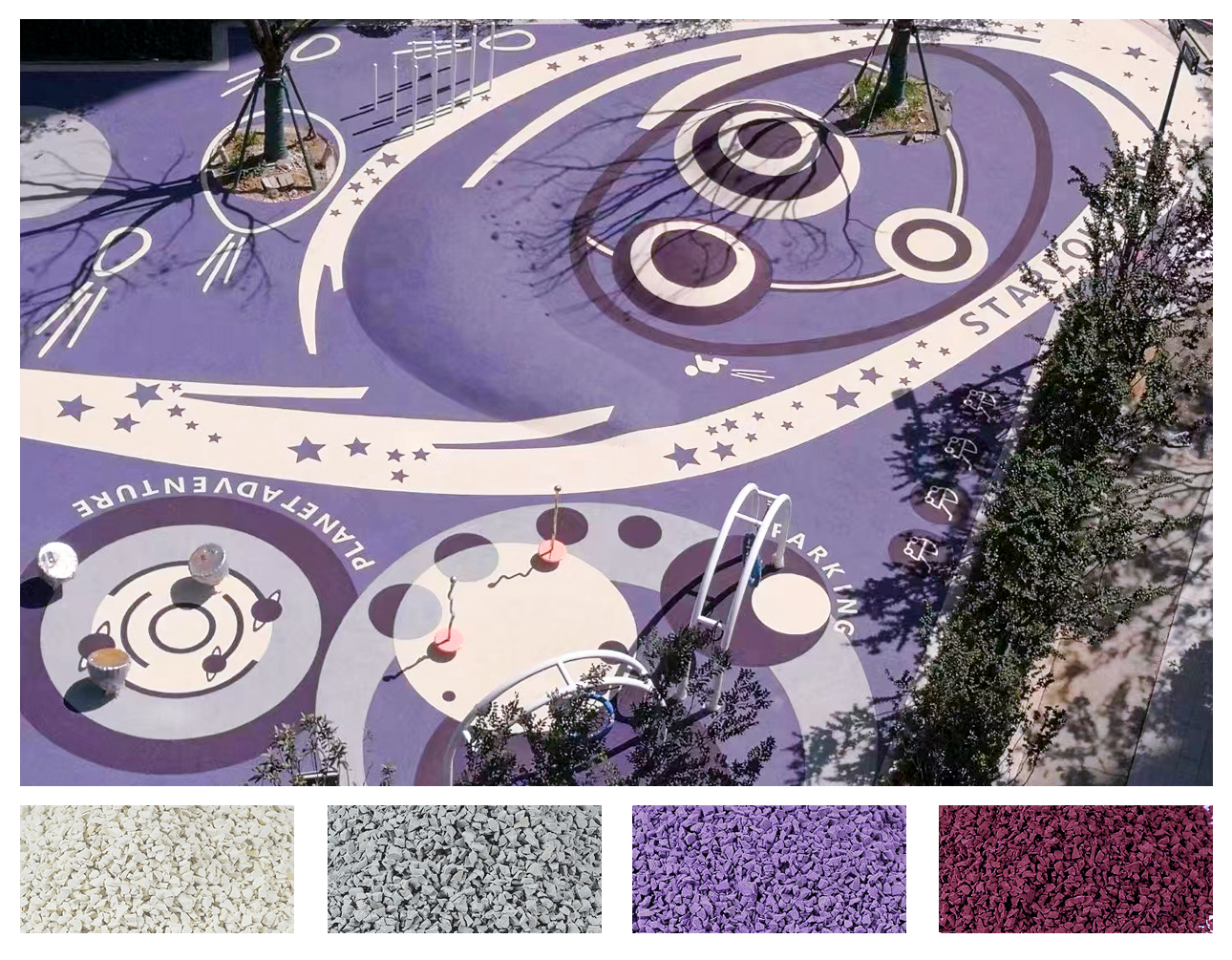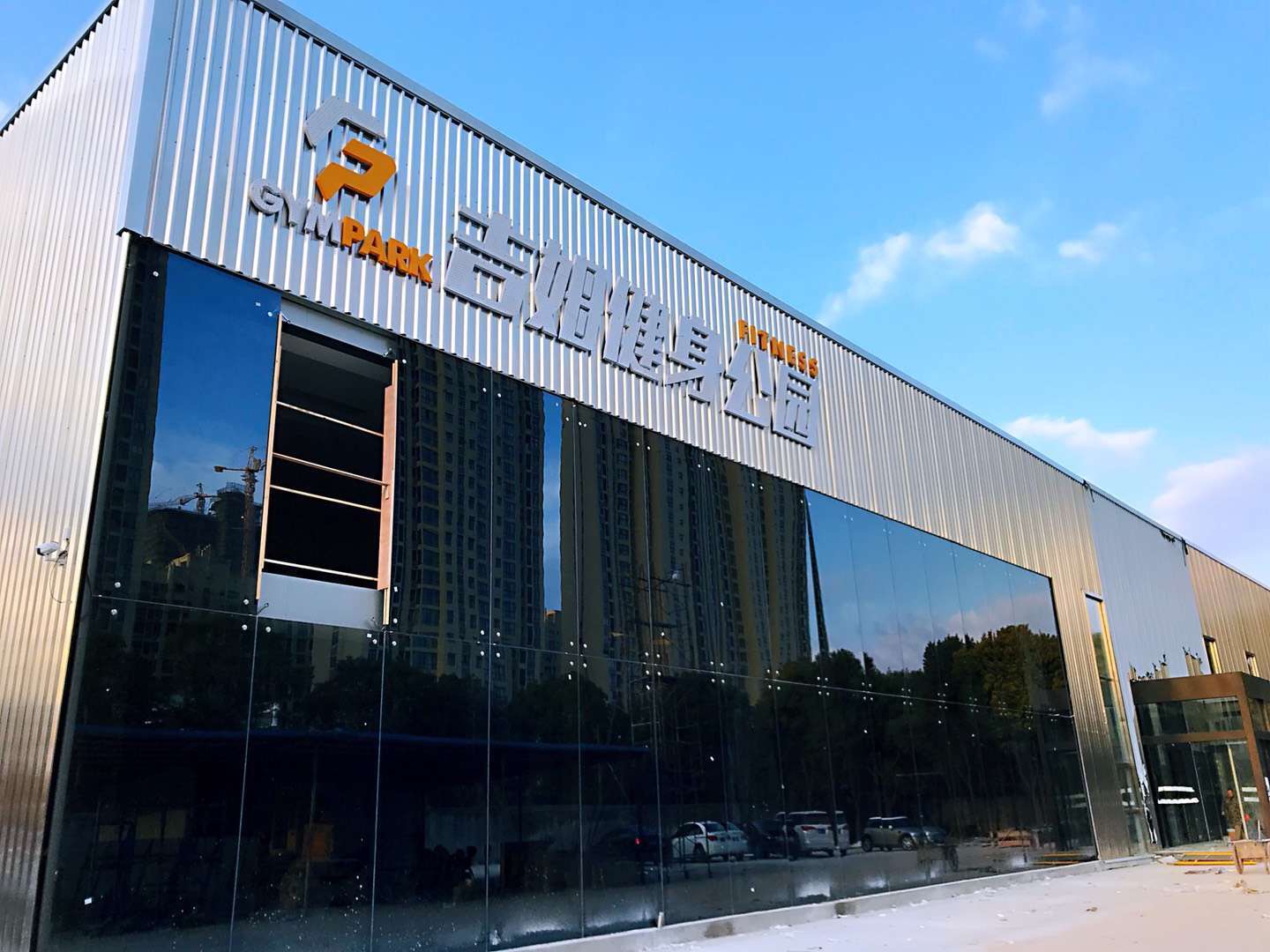Enhancing Accessibility and Safety: Exploring Tactile Rubber Tiles

Tactile rubber tiles are specialized flooring solutions designed to improve accessibility and safety in various environments. These tiles feature tactile indicators that provide tactile feedback to individuals with visual impairments, assisting them in navigating spaces independently and safely. In this article, we will delve into the significance and benefits of tactile rubber tiles in promoting inclusivity and reducing hazards.
Accessibility for the Visually Impaired:
Tactile rubber tiles play a crucial role in ensuring accessibility for individuals with visual impairments. The raised tactile indicators on the surface of these tiles provide tactile cues that can be detected by touch or with a cane, allowing visually impaired individuals to identify specific areas or paths. The indicators typically include patterns such as dots or bars, indicating hazards, changes in direction, or points of interest. By providing tactile guidance, tactile rubber tiles empower individuals with visual impairments to navigate public spaces, transit systems, and other environments with increased confidence and independence.
Slip Resistance and Safety:
One of the key benefits of tactile rubber tiles is their slip-resistant nature, which contributes to enhanced safety for all users. The rubber material used in these tiles offers excellent traction, reducing the risk of slips and falls, particularly in areas prone to moisture, such as entryways, ramps, or wet surfaces. The textured surface of the tiles provides a secure footing, even in wet conditions, minimizing the potential for accidents and injuries. This makes tactile rubber tiles a valuable addition to public buildings, outdoor areas, and high-traffic zones where safety is a primary concern.
Durability and Low Maintenance:
Tactile rubber tiles are known for their durability and longevity. The rubber material used in their construction is highly resilient, capable of withstanding heavy foot traffic and environmental conditions. These tiles are resistant to wear, fading, and damage caused by weather or exposure to UV rays. Moreover, tactile rubber tiles require minimal maintenance, typically needing regular cleaning with mild soap and water to maintain their appearance and functionality. The durability and low maintenance requirements of these tiles make them a cost-effective choice for long-term use.
Versatile Applications:
Tactile rubber tiles offer versatility in their applications, making them suitable for a wide range of settings. They can be installed in various indoor and outdoor environments, including sidewalks, pedestrian crossings, train stations, airports, and commercial buildings. Tactile rubber tiles are available in different colors and sizes, allowing for customization to match the aesthetics of the surrounding space. The versatility of these tiles ensures their seamless integration into diverse architectural styles and environments, while still providing essential accessibility features.
Conclusion:
Tactile rubber tiles are instrumental in promoting accessibility and safety for individuals with visual impairments. By incorporating raised tactile indicators and providing slip-resistant surfaces, these tiles assist visually impaired individuals in navigating spaces confidently. Their durability, low maintenance requirements, and versatile applications make tactile rubber tiles a valuable addition to various public and private environments. With their ability to enhance inclusivity and reduce hazards, tactile rubber tiles contribute to creating more accessible and safer surroundings for all individuals.
Accessibility for the Visually Impaired:
Tactile rubber tiles play a crucial role in ensuring accessibility for individuals with visual impairments. The raised tactile indicators on the surface of these tiles provide tactile cues that can be detected by touch or with a cane, allowing visually impaired individuals to identify specific areas or paths. The indicators typically include patterns such as dots or bars, indicating hazards, changes in direction, or points of interest. By providing tactile guidance, tactile rubber tiles empower individuals with visual impairments to navigate public spaces, transit systems, and other environments with increased confidence and independence.
Slip Resistance and Safety:
One of the key benefits of tactile rubber tiles is their slip-resistant nature, which contributes to enhanced safety for all users. The rubber material used in these tiles offers excellent traction, reducing the risk of slips and falls, particularly in areas prone to moisture, such as entryways, ramps, or wet surfaces. The textured surface of the tiles provides a secure footing, even in wet conditions, minimizing the potential for accidents and injuries. This makes tactile rubber tiles a valuable addition to public buildings, outdoor areas, and high-traffic zones where safety is a primary concern.
Durability and Low Maintenance:
Tactile rubber tiles are known for their durability and longevity. The rubber material used in their construction is highly resilient, capable of withstanding heavy foot traffic and environmental conditions. These tiles are resistant to wear, fading, and damage caused by weather or exposure to UV rays. Moreover, tactile rubber tiles require minimal maintenance, typically needing regular cleaning with mild soap and water to maintain their appearance and functionality. The durability and low maintenance requirements of these tiles make them a cost-effective choice for long-term use.
Versatile Applications:
Tactile rubber tiles offer versatility in their applications, making them suitable for a wide range of settings. They can be installed in various indoor and outdoor environments, including sidewalks, pedestrian crossings, train stations, airports, and commercial buildings. Tactile rubber tiles are available in different colors and sizes, allowing for customization to match the aesthetics of the surrounding space. The versatility of these tiles ensures their seamless integration into diverse architectural styles and environments, while still providing essential accessibility features.
Conclusion:
Tactile rubber tiles are instrumental in promoting accessibility and safety for individuals with visual impairments. By incorporating raised tactile indicators and providing slip-resistant surfaces, these tiles assist visually impaired individuals in navigating spaces confidently. Their durability, low maintenance requirements, and versatile applications make tactile rubber tiles a valuable addition to various public and private environments. With their ability to enhance inclusivity and reduce hazards, tactile rubber tiles contribute to creating more accessible and safer surroundings for all individuals.



